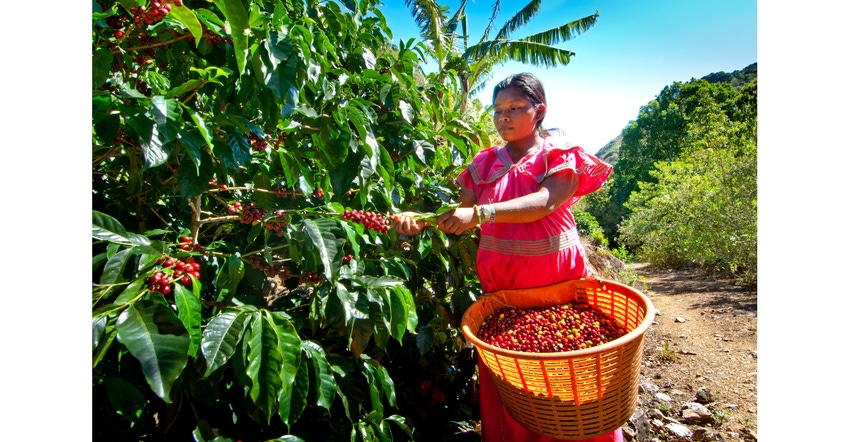Nestlé Moves Faster on Road to Net Zero
One ingredient is the largest source of the company's GHG emissions.

Nestlé achieved a net reduction of 13.5% of its greenhouse gas (GHG) emissions in 2023 compared to its 2018 baseline, and grew its business over the same period. This included delivering a reduction of more than 15.3% in methane emissions. The company is on track to reach a 20% absolute reduction of GHG emissions by 2025.
These significant reductions in GHG emissions come from programs and initiatives implemented across scope 1, 2, and 3 activities. In 2023, 94% of the decline of Nestlé's GHG emissions came from reductions in its operations and supply chain.
Antonia Wanner, group head of ESG Strategy and Deployment at Nestlé said that "we are working closely with our partners to help make food production more sustainable, while aiming at enhancing livelihoods across our value chain at the same time."
More than two-thirds of Nestlé's GHG emissions come from sourcing its ingredients, and dairy is the single largest source of emissions. To tackle emissions at farm level, Nestlé is working with its suppliers and the farmers it sources from to help them transition to regenerative agriculture practices, based on five key pillars of action: diverse cropping systems and livestock integration, biodiversity, collective and landscape actions, soil health, and water security and quality.
The company is committed to providing technical, collaborative, or financial assistance to support a just transition for the farmers with whom it works. For example, their work with coffee, through the Nescafé Plan 2030 and the Nespresso AAA Sustainable Quality Program, or in cocoa, through the Income Accelerator Program, are helping increase productivity and improve farmers livelihoods. One quarter of the reductions achieved in 2023 came from dairy and livestock projects such as their initiatives under the Ninho brand in Brazil.
At the end of last year, 15.2% of Nestlé's raw materials were sourced from farmers adopting regenerative agriculture practices. The company's ambition is to get to 20% by 2025. Nestlé is also making its own operations more energy efficient and is increasing its use of renewable electricity. As of the end of 2023, 91.9% of the sourced electricity in its global manufacturing sites was from renewable sources.
Nestlé is working on further reducing emissions through a combination of agroforestry, deforestation prevention, and new farming practices, while boosting innovation both in products and in agritech through its own R&D and external partnerships.
Nestlé's net-zero science-based target by 2050 include its specific Forest, Land and Agriculture (FLAG) sector objectives for 2030 and 2050. The company is delivering its roadmap through emissions reductions and value chain removals.
About the Author(s)
You May Also Like




